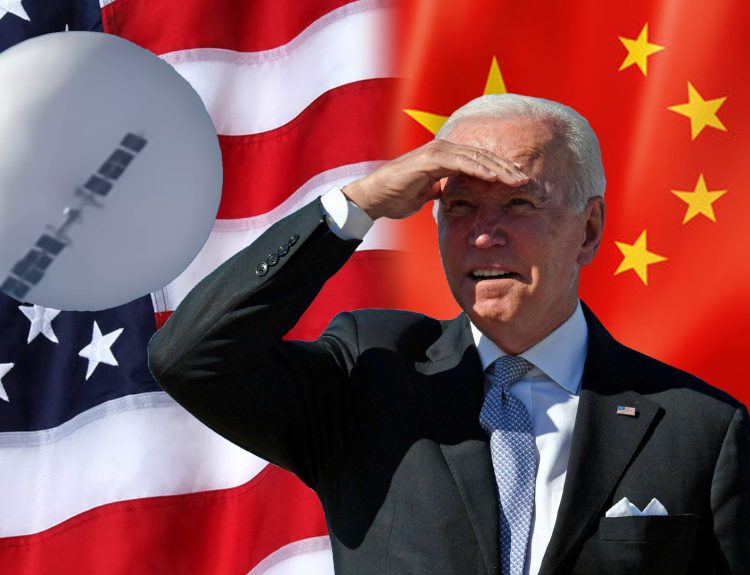Each president has added to the national debt to a certain degree; others have even tried (and failed) to manage it. According to a recent study, former president Donald Trump was responsible for tacking on trillions in debt to the country. Let’s see why this matters and how they created this number.
Study Done By An NGO
The study was done by the Committee for a Responsible Federal Budget (CRFB). This organization is a watchdog institution based in Washington, D.C., that aims to educate the public on the fiscal policies of current and former presidents.
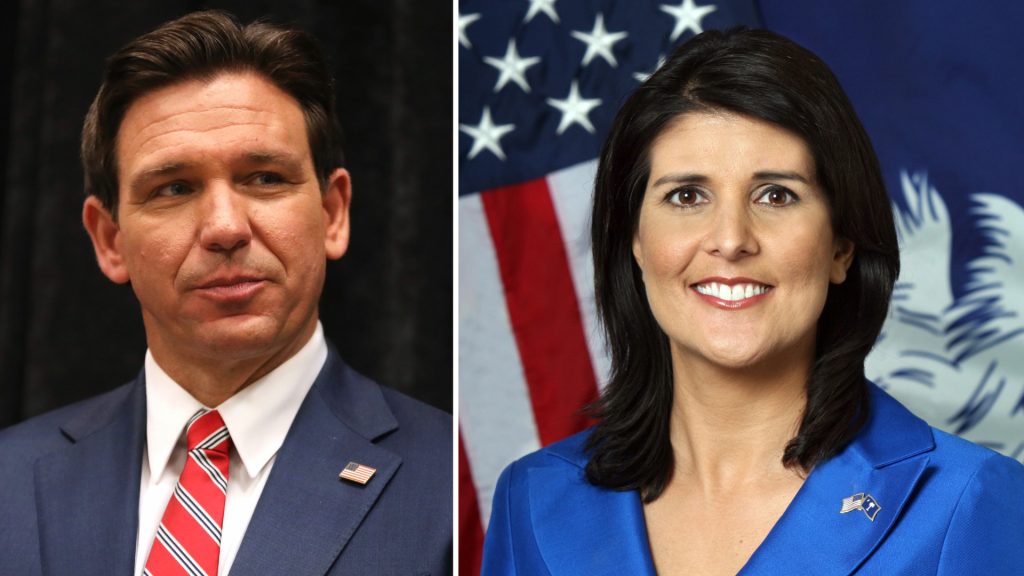
It analyzes some of the financial decisions made by presidents and comes up with a figure for how much they spent and what sort of debt they put the country in. The study was undertaken based on comments made by Nikki Haley and Ron DeSantis at the last debate centered on choosing the Republican representative.
A Huge Number
Based on their own calculations, Trump was responsible for adding around $8 trillion to the national debt. According to the analysis done, this debt was added to what the country is responsible for because of tax cuts and pandemic relief efforts across many states.

The CRFB noted that almost a third of the debt came from tax cuts, with a further third from COVID relief laws and executive orders. The final third came from spending increases while he was in the Oval Office. The actual number was $8.4 trillion, not exactly $9 trillion.
No Balance In Income
Normally, when a president creates a situation of added debt, they try to balance it by levying taxes for income. In this case, the Trump administration brought in $445 billion over ten years by putting a tariff on certain items.

The imbalance between the amount the debt went up and how much was made via tariffs seems absurd. The amount Trump racked up in debt was comparable to what the country racked up anyway, thanks to existing policies.
This Debt Is Added To What The Country Is Already Responsible For
The CRFB states that in addition to the $8.4 trillion that Trump added to the national debt, the country also added a further $7.8 trillion. This figure represents a significant increase, but it wasn’t due to Trump’s policies.
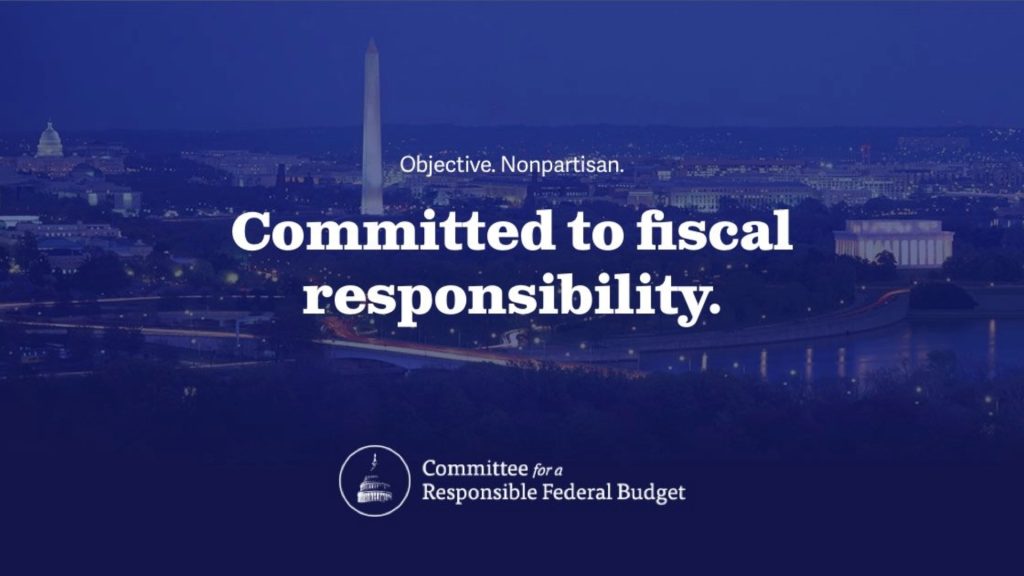
Much of the $7.8 trillion in debt came from policies and laws that were already in effect before Trump took office. According to the CRFB, the country would still be responsible for $3 trillion in debt based on these previous decisions by the outgoing administration.
A Better Measure Is The Ten-Year Impact
The CRFB notes that the current debt and the increase in public debt are poor ways to measure Trump’s lasting legacy on the country’s debt as a whole. Instead, we should focus on the long-term effect of his policies.

According to the CRFB, most of the debt (approximately two-thirds) comes from legislation decisions. The tariffs that were introduced to balance these legislative actions that created the debt were woefully inadequate.
A Broken Campaign Promise
When Trump was campaigning for office in 2016, he was very vocal about reducing the national debt to a manageable level. In fact, his ability to cut debt and right the country’s financial trajectory was part of why he got elected from some quarters.
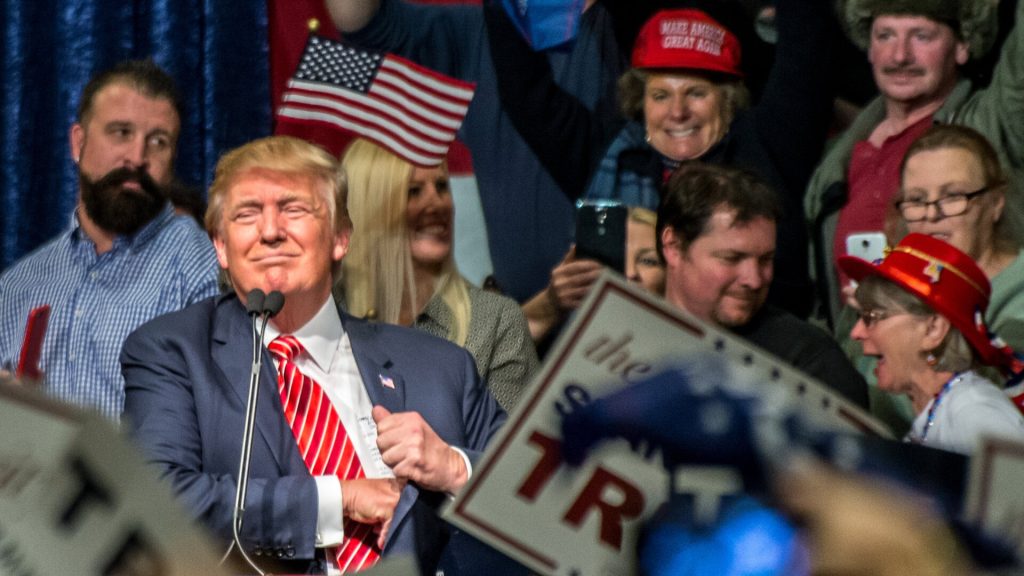
Sadly, this new information shows that his promise to fix the national debt was just an election ploy to get as many votes as possible. Whatever plan he might have had to fix the national debt didn’t do much and instead caused more debt to the country.
The Pandemic Was a Huge Contributor As Well
While Trump was responsible for much of the added national debt, he was piloting the country through one of the most unprecedented situations ever. The global pandemic led to most country’s economies going through a severe debt crisis.

However, even if one considers the policies implemented to deal with the pandemic, the amount added to the debt is still excessive. The administration pursued no cost-cutting measures that would have otherwise affected the national debt.
What Is The Current National Debt?
The US Treasury Department notes that as of January 28th, the national debt sat at around $34 trillion. If the debt were to be paid off, it would require each citizen to pay at least $100,000 or thereabouts, making it a pretty insurmountable task.

The debt increases and decreases yearly and has existed since the Revolutionary War. Its value is based on the amount of money the government borrows to fund its expenses each year. If the government has a surplus (i.e., makes more money than it spends), it services the debt.
Trump Isn’t the Largest Contributor to the Debt
While it might be common to see news agencies decrying Trump’s excessive spending, adding to the national debt, the truth is that he isn’t the top contributor. He isn’t even the top modern contributor, either.
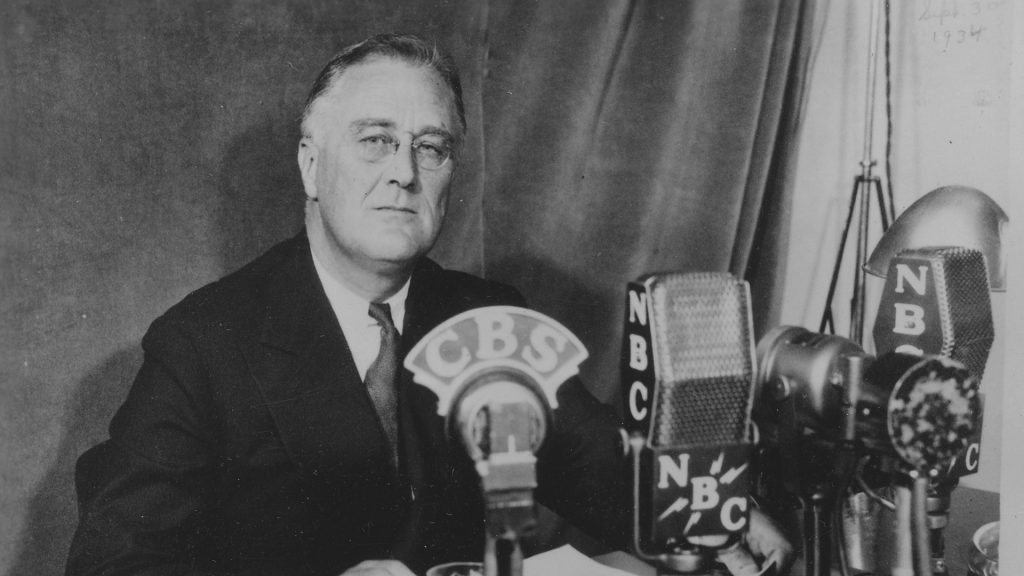
Franklin D. Roosevelt added the most to the national debt, mainly because of World War 2. In modern times, Ronald Reagan, both Bushes, Richard Nixon, and Barack Obama all added more to the national debt than Trump. Trump is actually number 8 on the list of debt added to the US.
Why Does This Matter?
The national debt is always a hot-button issue because it measures a president’s spending and how much they care about the state of the economy. Adding unwanted debt to the treasury weakens the economy and might put it in a bad situation if other factors occur.

The national debt has risen to $6.24 trillion during the Biden administration. If one only considers Biden’s first full fiscal year, the debt went up to $5.56 trillion. Most of these increases were due to legislation.
What Does the Future Hold
Aside from the obvious comparisons that will be made between the candidates, the current numbers do show that the Biden administration may be doing more to reduce the national debt than Trump’s. However, there are exceptional circumstances to consider.
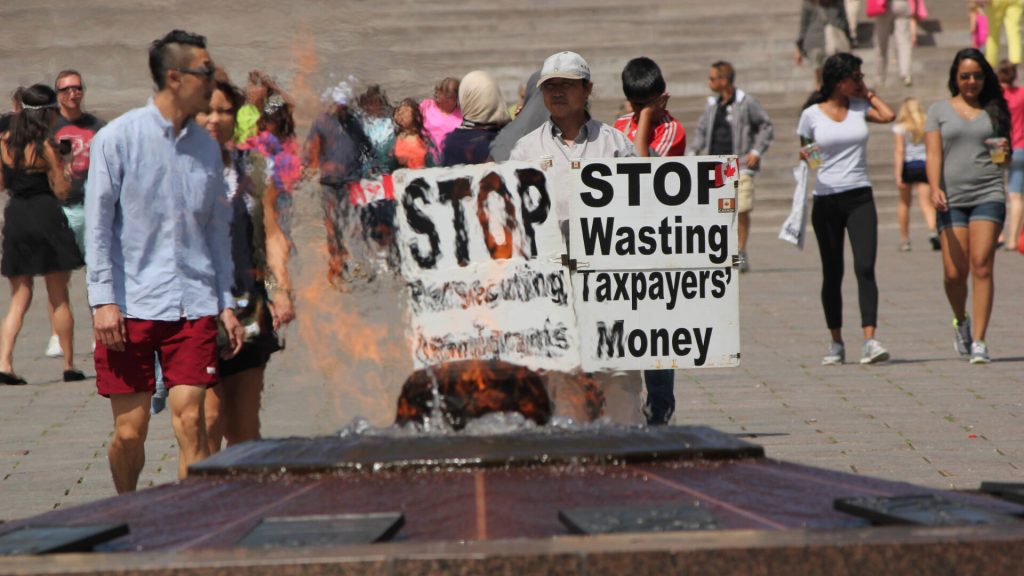
Biden doesn’t have to guide the country through a global pandemic, and many of the debt additions come from measures to curtail inflation and relieve the debt burden of individual Americans. It’s unlikely that Trump will continue to do any of these things if re-elected, based on his record in office.





